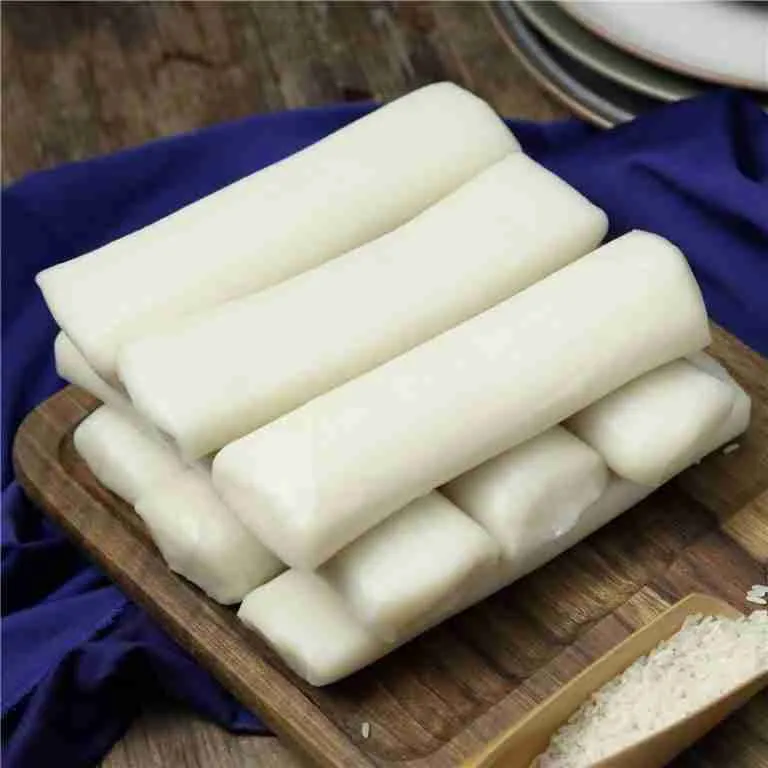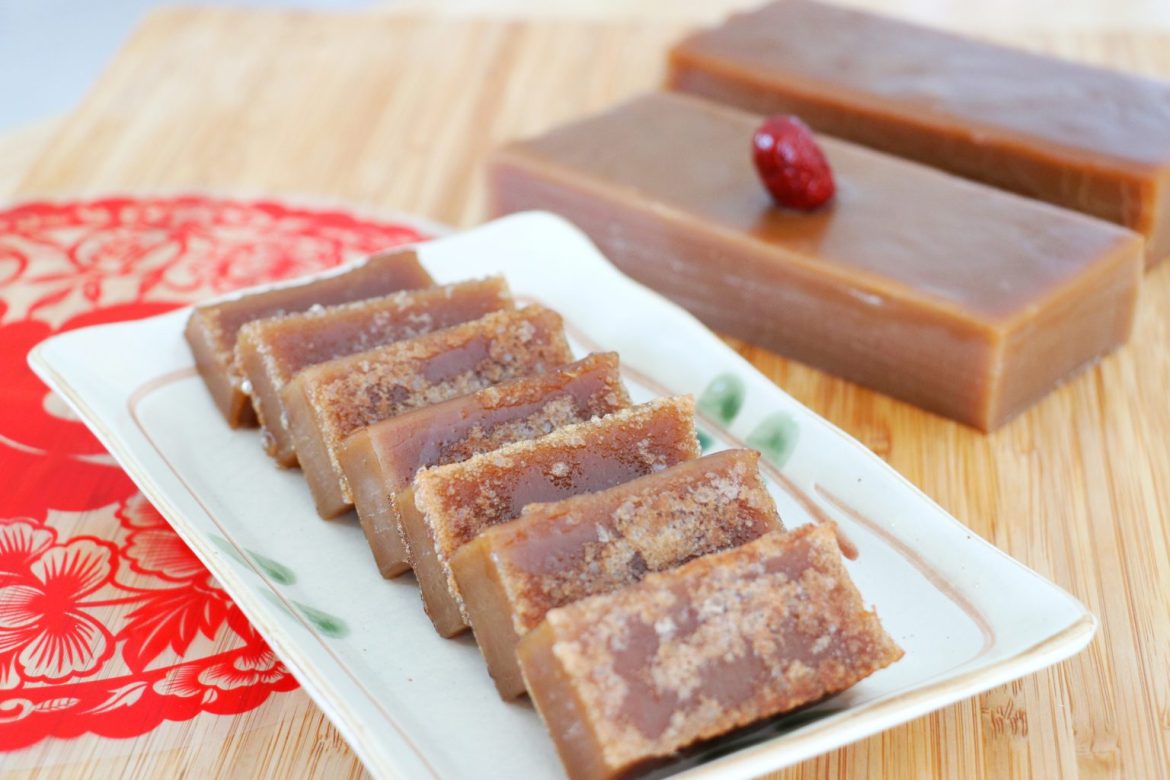In the heart of Chinese festivity and tradition lies a sticky, sweet confection known as nian gao, or year cake. This glutinous marvel is more than just a dessert; it is a vessel of culture and a harbinger of prosperity. As we delve into the origins and significance of nian gao, we uncover a narrative that is as rich and layered as the cake itself.

The Historical Fabric: Weaving the Story of Nian Gao
Nian gao’s story is woven into the fabric of China’s history, dating back to the end of the Zhou Dynasty. The name itself, which sounds like ‘year high’, implies progress and growth, making the cake a symbol of ascending fortune in the coming year. This culinary artifact was traditionally offered to the Kitchen God, with the belief that its stickiness would seal his mouth, ensuring a favorable report to the Jade Emperor.
Culinary Craftsmanship: The Making of Nian Gao
The craftsmanship behind nian gao is a testament to the ingenuity of traditional Chinese cooking techniques. Made from glutinous rice flour, water, and sugar, the mixture is steamed or fried to create a cake that is at once chewy and tender. Often infused with red bean paste or adorned with dates and nuts, nian gao is as diverse in its variations as China itself.

A Symbol of Unity: Nian Gao in Contemporary Celebrations
Today, nian gao remains a staple during the Lunar New Year, embodying unity and the sweetness of reunion. It is shared amongst family and friends, each bite a reminder of shared heritage and collective hopes for the future. In the bustling markets and in the warmth of home kitchens, nian gao continues to be a centerpiece of celebration, its sticky sweetness binding generations in joyous festivity.

